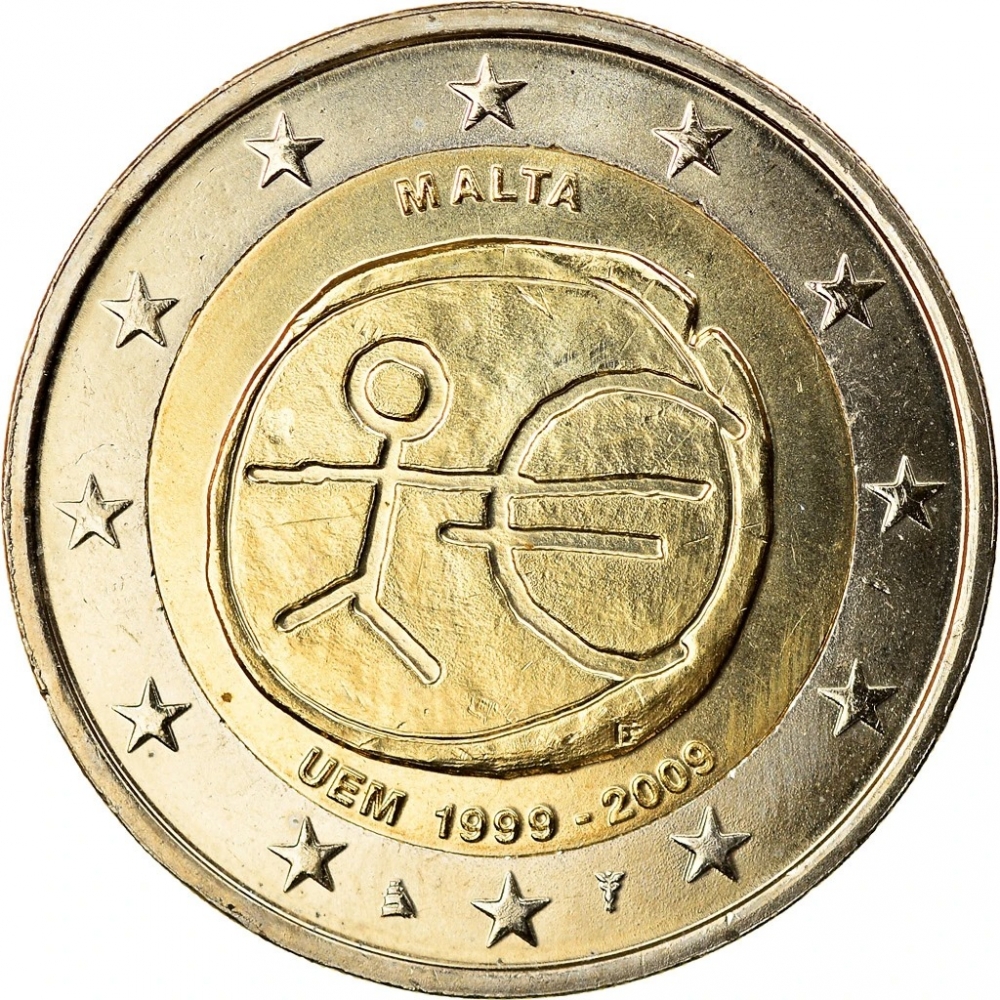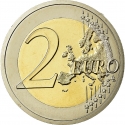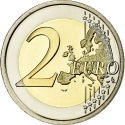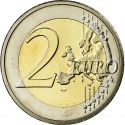You are about to finish your registration. Please check your mailbox (including spam folder). There should be a letter with a confirmation link. Check setting to make sure that your e-mail address is correct.
Send letter againDescription
An economic and monetary union (EMU) was a recurring ambition for the European Union from the late 1960s onwards. EMU involves coordinating economic and fiscal policies, a common monetary policy, and a common currency, the euro. A single currency offers many advantages: it makes it easier for companies to conduct cross-border trade, the economy becomes more stable, and consumers have more choice and opportunities.
After a decade of preparations, the euro was launched on 1 January 1999: for the first three years it was an ‘invisible’ currency, only used for accounting purposes and electronic payments. Coins and banknotes were launched on 1 January 2002, and in 12 EU countries, the biggest cash changeover in history took place.
In January 2009, the sixteen euro-area countries jointly issued a commemorative euro coin to celebrate ten years of the launch of the euro. The design was chosen out of a shortlist of five by members of the public across the European Union voting online. It was created by George Stamatopoulos, an engraver from the Minting Department of the Bank of Greece.
Obverse

|
Depicts a stylised human figure whose left arm is prolonged by the € symbol. It seeks to convey the idea of the single currency and, by extension, Economic and Monetary Union (EMU) being the latest step in Europe’s long history of trade and economic integration. The initials ΓΣ (Γεώργιος Σταματόπουλος, George Stamatopoulos) of the artist appear below the euro symbol. The name of the issuing country appears at the top, while the indication 1999-2009 and the acronym EMU (Economic and Monetary Union) appear at the bottom. The outer ring contains the twelve stars of the European Union. MALTA |
|---|---|
Reverse

|
A geographical map of Western Europe spans the outer ring and inner core on the right side of the coin. The inscription 2 EURO is superimposed over the map of Europe, with the numeral “2” located in an open field representing the eastern Atlantic Ocean. 2 EURO |
| Edge |
The sequence "2✠✠" repeated six times alternately upright and inverted 2 ✠✠ 2 ✠✠ 2 ✠✠ 2 ✠✠ 2 ✠✠ 2 ✠✠ |
Characteristics
| Type | Commemorative Issue (Circulating) |
| Material | Bi-Metallic |
| Ring | Cupronickel |
| Center | Nickel Brass |
| Weight | 8.5 g |
| Diameter | 25.75 mm |
| Thickness | 2.2 mm |
| Shape |
|
| Alignment | Medal |
| Mint |
Royal Dutch Mint (KNM)
|
Related coins
10th Anniversary of the European Monetary Union and the Introduction of the Euro
10th Anniversary of the European Monetary Union and the Introduction of the Euro
10th Anniversary of the European Monetary Union and the Introduction of the Euro







